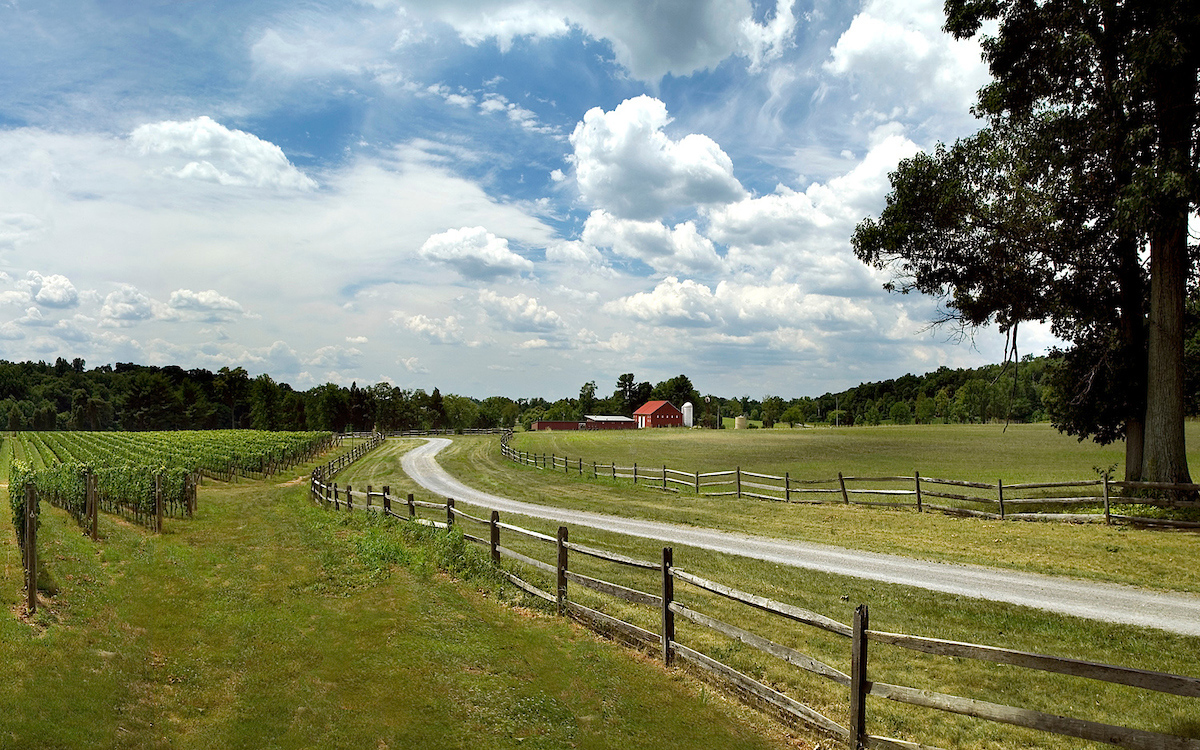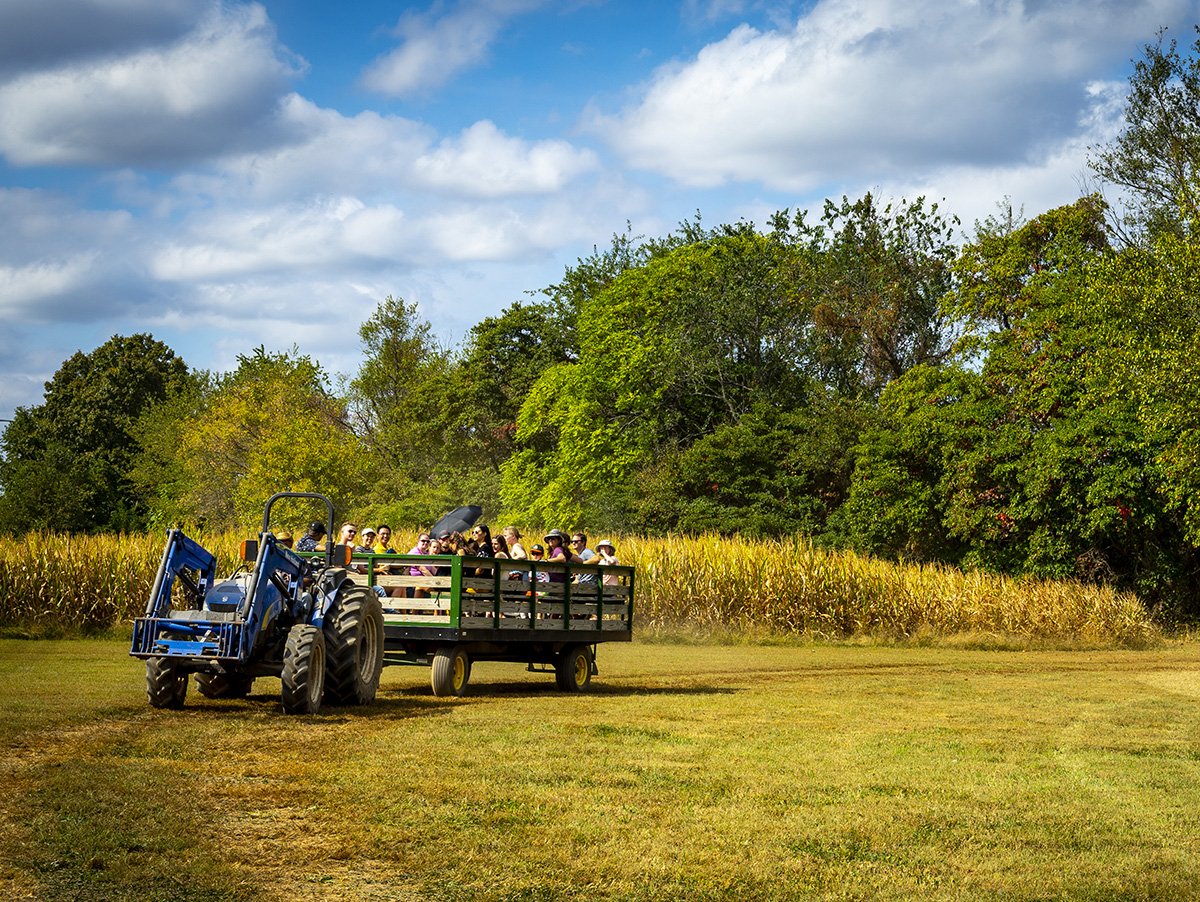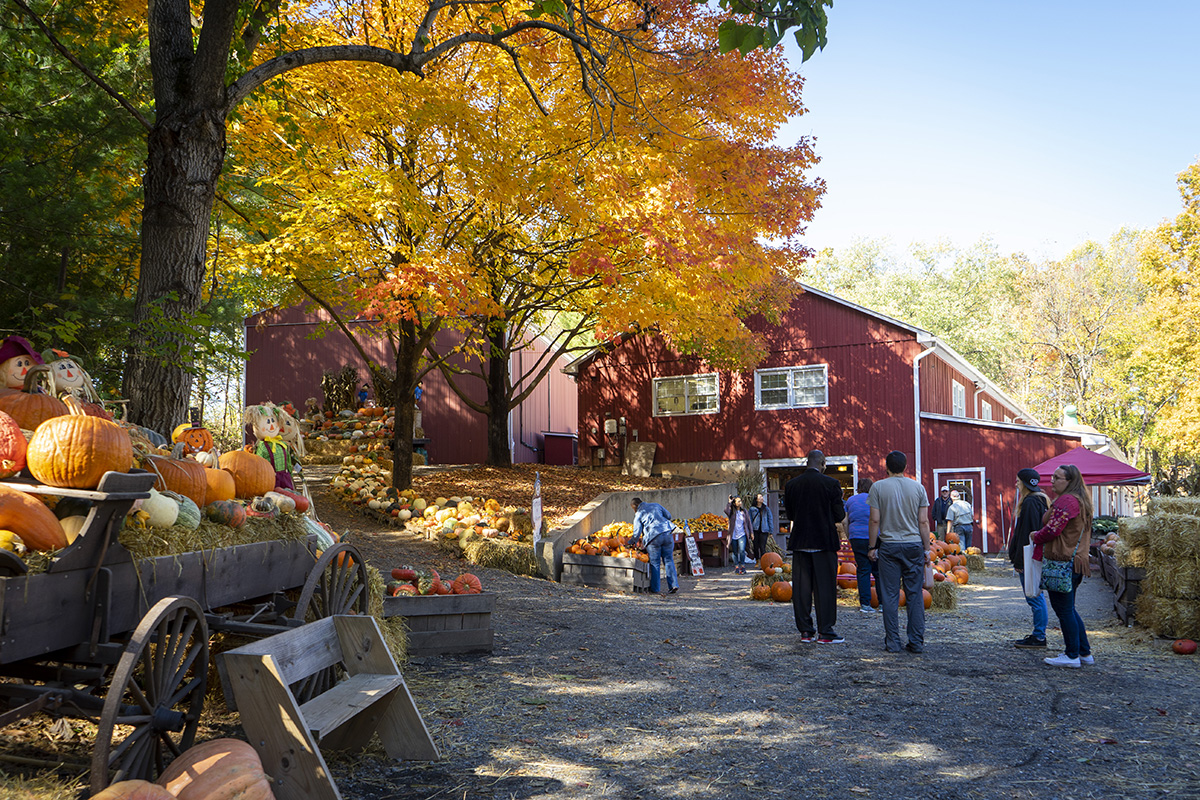
Do you know where your food is grown or how it is produced? In our increasingly global and digital society, it is possible to consume a variety of foods without considering typical growing seasons or cost of production – all while having everything from almonds to zucchini effortlessly delivered to our doorsteps. This convenience – which many of us enjoy regularly due to our busy schedules – comes with a cost of separating ourselves from the story behind our food. In urban and urbanizing areas, this separation can be even more profound as we do not regularly interact with farming or farmland.
While Montgomery County is increasingly urban, it also has a tremendous resource to connect residents with farming and farmland: the Agricultural Reserve. The Agricultural Reserve occupies nearly 100,000 acres – or one-third of the county’s land area – and is preserved for farming, farmland and rural open space. The Agricultural Reserve, established in 1980, is home to more than 500 farms producing a combination of commodity crops such as corn, wheat and soybeans as well as fruits, vegetables, livestock, and poultry.
Since the establishment of the Agricultural Reserve, the agricultural industry has evolved in Montgomery County – particularly in response to national and global influences. While dairy farming and livestock operations were the predominant types of farming in the decades following World War II, farming in Montgomery County today is predominantly characterized by commodity crops, table crops, and the horticultural and equestrian industries. There is also a growing interest in agritourism, which brings visitors to farms.
This evolution in the industry provides an exciting opportunity for people living in, working in, and visiting Montgomery County to reconnect with agriculture, especially the process of growing food. Whether you visit one of the county’s Farmer’s Markets, join a CSA (Community Supported Agriculture), explore a working farm during the annual Farm Tour, or experience one of the county’s many agritourism venues, you can directly connect with food at its source – without even leaving Montgomery County.

The ability to grow, produce and distribute food locally may become increasingly critical, particularly as we experience extreme weather events associated with climate change, technological advancements, and global trade disputes. While the Agricultural Reserve is a logical place to grow and produce food for local consumption, what if it was also a catalyst for inspiring Montgomery County to embrace innovation in agriculture and local food production? What if we expanded opportunities for urban agriculture in our downtowns? Or transformed suburban parking lots and underutilized shopping centers to community farms or agrihoods?
Thrive Montgomery 2050 provides an opportunity to celebrate and embrace the Agricultural Reserve, to develop new ways to use it, to reaffirm a commitment to the local farming industry, and to explore goals, policies and actions that reconnect residents to farming, farmland and a local food system in the coming decades.

Margaret Chasson
Expanding opportunities for urban agriculture is a worthwhile idea, but it cannot replace the agricultural reserve’s many benefits to the county including the clean air function provided by the vegetative reserve and its service as a mechanism to protect water quality and quantity. So let us emphasize the reserve’s current climate protection impact as an agricultural entity as well as its food productive contributions as we look toward expanding food production capability in urban areas.